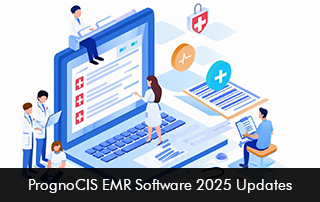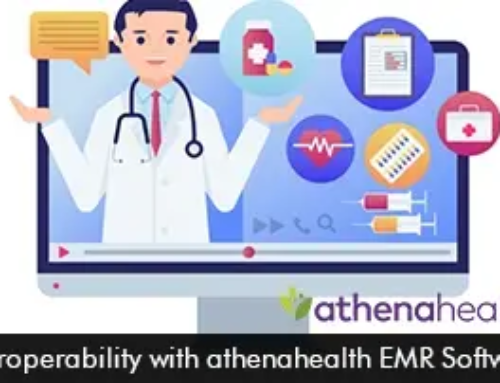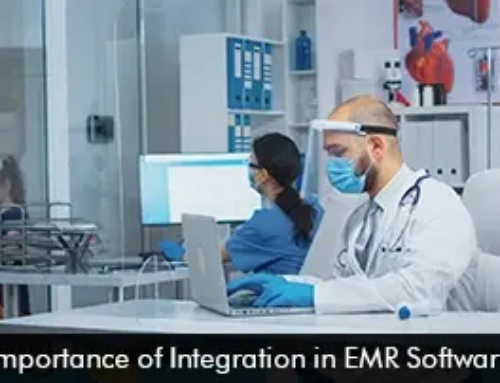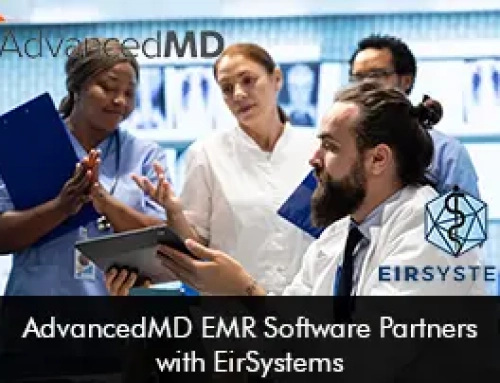In 2025, PrognoCIS EMR Software introduced significant updates to enhance usability, streamline workflows, and ensure compliance with ever-changing regulations. This blog explores these updates in detail and highlights how they impact healthcare providers and patients alike.
Enhanced EMR Software User Interface and Navigation
Simplified Dashboard
One of the most notable updates in PrognoCIS EMR Software 2025 is the revamped user interface. The dashboard has been redesigned to offer a more intuitive experience, enabling healthcare professionals to access patient information quickly and efficiently.
Key improvements include:
- Customizable Widgets: Users can personalize their dashboards to display the most relevant information, such as appointment schedules, lab results, and recent patient visits.
- Enhanced Search Functionality: Advanced search capabilities allow users to locate patient records, prescriptions, and clinical notes in seconds.
Responsive EMR Software Design
With mobile healthcare on the rise, PrognoCIS has optimized its EMR Software for various devices. Whether accessed on a desktop, tablet, or smartphone, the software maintains its functionality and ease of use.
Advanced EMR Software Clinical Features
AI-Driven Decision Support
PrognoCIS EMR Software 2025 integrates Artificial Intelligence (AI) to assist in clinical decision-making. This feature provides:
- Diagnostic Suggestions: Based on patient symptoms and history, the AI suggests possible diagnoses.
- Treatment Recommendations: AI analyzes data to propose evidence-based treatment options.
These enhancements aim to improve diagnostic accuracy and reduce errors, leading to better patient outcomes.
EMR Software Telemedicine Integration
Telehealth continues to be a cornerstone of modern healthcare. The updated PrognoCIS EMR Software offers seamless telemedicine integration, enabling providers to:
- Schedule and conduct virtual consultations directly from the platform.
- Access and update patient records in real-time during telehealth sessions.
- Facilitate secure video and audio communication, compliant with HIPAA regulations.
Streamlined Administrative Tools
Automated EMR Software Billing and Coding
The 2025 updates bring advanced automation to billing and coding processes. The software now includes:
- Real-Time Code Suggestions: Based on clinical notes, the software suggests appropriate billing codes, reducing manual errors.
- Integrated Payment Processing: Patients can pay bills through the portal, simplifying collections for providers.
Appointment Scheduling Enhancements
Scheduling appointments is now more efficient with features such as:
- Self-Scheduling Options: Patients can book, reschedule, or cancel appointments through the patient portal.
- Waitlist Management: Providers can optimize their schedules by automatically filling canceled slots with waitlisted patients.
Improved EMR Software Interoperability
Seamless Data Exchange
PrognoCIS EMR Software 2025 ensures interoperability by adhering to FHIR (Fast Healthcare Interoperability Resources) standards. This allows seamless data exchange between:
- Different EMR systems.
- Diagnostic labs and imaging centers.
- Pharmacies and other healthcare entities.
EMR Software Integration with Wearable Devices
Patients increasingly rely on wearable health devices. The updated software can:
- Import real-time data from devices like smartwatches and fitness trackers.
- Analyze trends in vital signs, such as heart rate and activity levels, for better preventive care.
Enhanced Compliance and EMR Software Security
Regulatory Compliance
PrognoCIS EMR Software stays updated with the latest healthcare regulations, including:
- HIPAA Compliance: Ensures patient data privacy.
- MACRA and MIPS Reporting: Simplifies reporting requirements to maximize Medicare reimbursements.
Advanced Security Features
With cybersecurity threats on the rise, the 2025 updates include:
- Multi-Factor Authentication (MFA): Adds an extra layer of security for user logins.
- Data Encryption: Protects sensitive patient information both in transit and at rest.
- Audit Trails: Tracks all changes made to patient records, ensuring accountability.
Patient-Centric EMR Software Innovations
Enhanced Patient Portal
The patient portal now offers a range of new features to improve engagement, such as:
- Health Education Resources: Personalized articles and videos based on the patient’s condition.
- Prescription Refill Requests: Patients can request medication refills without visiting the clinic.
- Secure Messaging: Direct communication between patients and providers for non-urgent queries.
Accessibility Features
PrognoCIS has made strides in ensuring accessibility for all users, including:
- Screen Reader Compatibility: For visually impaired patients.
- Multilingual Support: Ensures non-English speaking users can navigate the portal easily.
EMR Software Performance and Scalability
Faster Loading Times
Backend optimizations have reduced loading times across the platform. Users can now access records and perform tasks faster, improving overall efficiency.
Scalable Architecture
The software’s architecture has been enhanced to support practices of all sizes, from solo practitioners to large healthcare organizations. Cloud-based hosting ensures scalability without compromising performance.
EMR Software Training and Support
Comprehensive Training Modules
To help users transition to the updated system, PrognoCIS offers:
- On-Demand Tutorials: Video guides covering all new features.
- Live Webinars: Interactive sessions with experts.
24/7 EMR Software Customer Support
Round-the-clock customer support ensures that users can resolve issues promptly. Support channels include:
- Phone.
- Email.
- Live chat.
Conclusion
The 2025 updates to PrognoCIS demonstrate a commitment to innovation and user-centric design. With enhanced features across clinical, administrative, and patient-facing functions, the software empowers healthcare providers to deliver exceptional care while improving operational efficiency. These updates solidify PrognoCIS as a leader in the EMR Software industry, paving the way for a more connected and efficient healthcare system.








